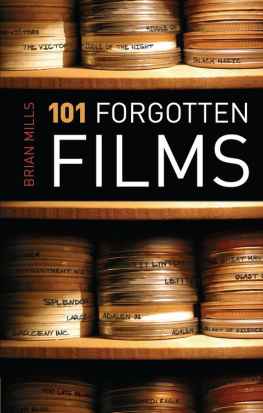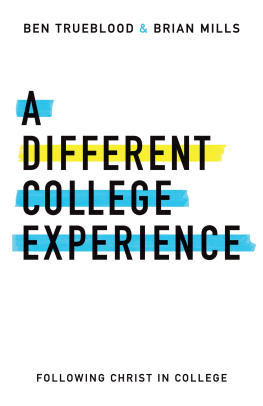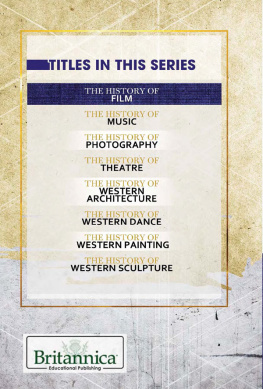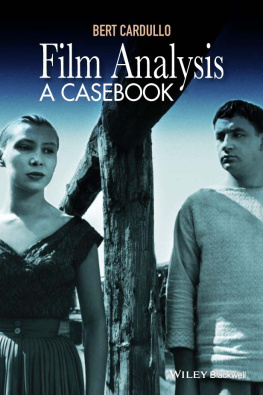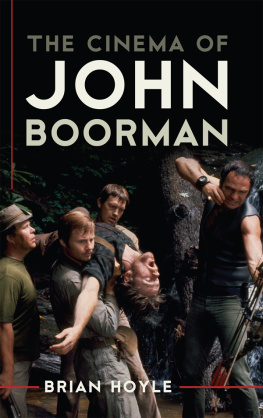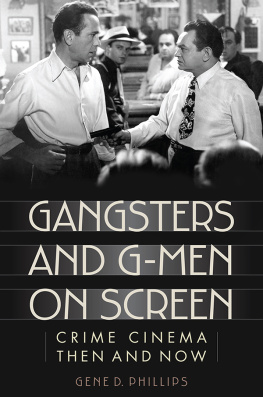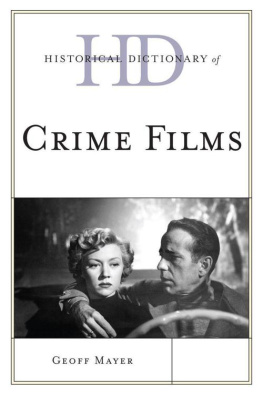Among films that have disappeared are some that have defied conventional cinema and become cult classics, pushing the boundaries beyond normality. It may be that they have shown an actor in a different light, used narration in a new way, employed a way of storytelling that makes one question what one is being presented with, celebrated the magical visionary art of cinema through film, or examined the dictates of the star system and its effect upon us.
Letty Lynton 1932
Directedby: Clarence Brown
Writtenby: John Meehan. Marie Belloc Lowndes (novel).
Cast: Joan Crawford (Letty Lynton), Robert Montgomery (Hale Darrow), Nils Asther (Emile Renaul), Lewis Stone (District Attorney Haney), May Robson (Mrs Lynton), Louise Closser Hale (Miranda), Emma Dunn (Mrs Darrow), Walter Walker (Mr Darrow), William Pawley (Hennessey).
Story: Letty Lynton (Crawford) is a New York socialite who is disgusted with her philandering ways and in particular with her Latin lover Emile Renaul (Asther). She sails for New York and onboard meets a wealthy businessman Hale Darrow (Montgomery). They fall in love. Id black your boots for the rest of my life! she tells him, but he doesnt know of her past and she doesnt know that Emile is following her. There is a poignant scene, which captures Lettys loneliness: all passengers receive Christmas telegrams from loved ones at home, except Letty. Jerry, seeing her sadness, pretends that he didnt get one either. Arriving in New York they are swamped by the press, eager to report their engagement, but Emile is among the crowd, hoping to rekindle Lettys love for him and take her back to South America. She manages to avoid any confrontation with Emile, but he turns up at her mothers house and threatens to show her love letters to him to the press and to Jerry if she doesnt agree to see him at his hotel that evening. An argument ensues at the hotel resulting in Emile accidentally drinking a poisoned drink intended for Letty.
What the millions who have not seen this film are sadly missing is the remarkable performance by Joan Crawford. The scene where she betrays her true feelings of hatred toward Emile are seen first in close up as she listens to him singing in the next room: guilt, anger, loathing, fear and confusion are all expressed in that one moment. Lettys verbal outburst follows like a volcanic eruption as she stares at her dying lover, each uttered word falling on her victim like molten lava. Yes, I did it! I meant it for myself Im glad I did it! You dirty, filthy, greedy mongrel! Im glad I did it! If I hang for it, Im glad I did it!
RARITYVALUE: 5/5
Theatrically released in 1932, LettyLynton caused a nationwide fashion craze for the ruffled-shoulder organdie dress worn by Crawford, which sold 50,000 copies at Macys New York store alone. The film is a showcase for designer Adrians dresses. In January 1936 a court decision ruled that MGM violated copyright laws by too closely following the script of Edward Sheldons play DishonouredLady, which was based on a girl named Madeleine Smith who lived in Glasgow and was brought to trial upon an indictment for twice attempting to poison her lover, and then for actually poisoning him. She was acquitted. MGM claimed unsuccessfully that they had based their screenplay on the novel LettyLynton by Marie Belloc Lowndes.
The film was banned in England on grounds that it justified homicide without penalty. In the film, Letty is saved from execution by an alibi from a man who claims she spent the night in question with him. Due to the 1936 court ruling against MGM, public exhibition or showing of the film on television is strictly prohibited. Only poor bootleg copies remain that do nothing to enhance the film.
Joan Crawford: Born Lucille LeSueur in San Antonio, Texas, in 1908. Debuted in MissMGM in 1925. Won an Oscar for MildredPierce. Wanting to be a dancer since she was a child, despite an accident that severely injured her foot, she persisted in pursuing her dream and eventually entered a dance contest and won. She said: I knew I was born with talent, though I didnt know exactly what it was. She learned every dance step she could. She went to Chicago and got a job doing a song and dance act in an out-of-town caf. Two weeks later and Joan was in the chorus line at a club in Detroit. She subsequently appeared in the revue InnocentEyes in New York and then in The Passing Show of 1924. Eight months later and she was spotted by a talent scout and asked to do a screen test for MGM. She started working for MGM thinking that they had employed her for her dancing, but they wanted her as an actress. Her first screen part was as a chorus girl covered in snow in Pretty Ladies. MGM wanted to change her name and held a competition in the magazine Photoplay to get the name that was, of course, Joan Crawford, a name which she always hated, saying that it sounded like Crowfish. But it was important to Joan to make a name for herself as a film star to prove to her friends and family back home, who didnt believe in her, that she had talent. In 1928 she played in Our Dancing Daughters and had a lucky break when she was seen coming out of a cake and dancing on a table. Suddenly she was a star and was given a raise of 500 dollars a week. Joan wanted to be a real actress and would hang around the set watching Greta Garbo work whenever she could. She finally pestered Louis B Mayer for more dramatic roles. She was with MGM for 17 years. During those years she became one of the ten top movie stars. But it was at Warner Brothers that she gained the dramatic role that would win her an Academy Award. The film was MildredPierce and it told of a housewife who becomes a successful businesswoman only to find herself suspected of murdering her second husband. Joan was also Oscar nominated for Best Actress for her roles in

